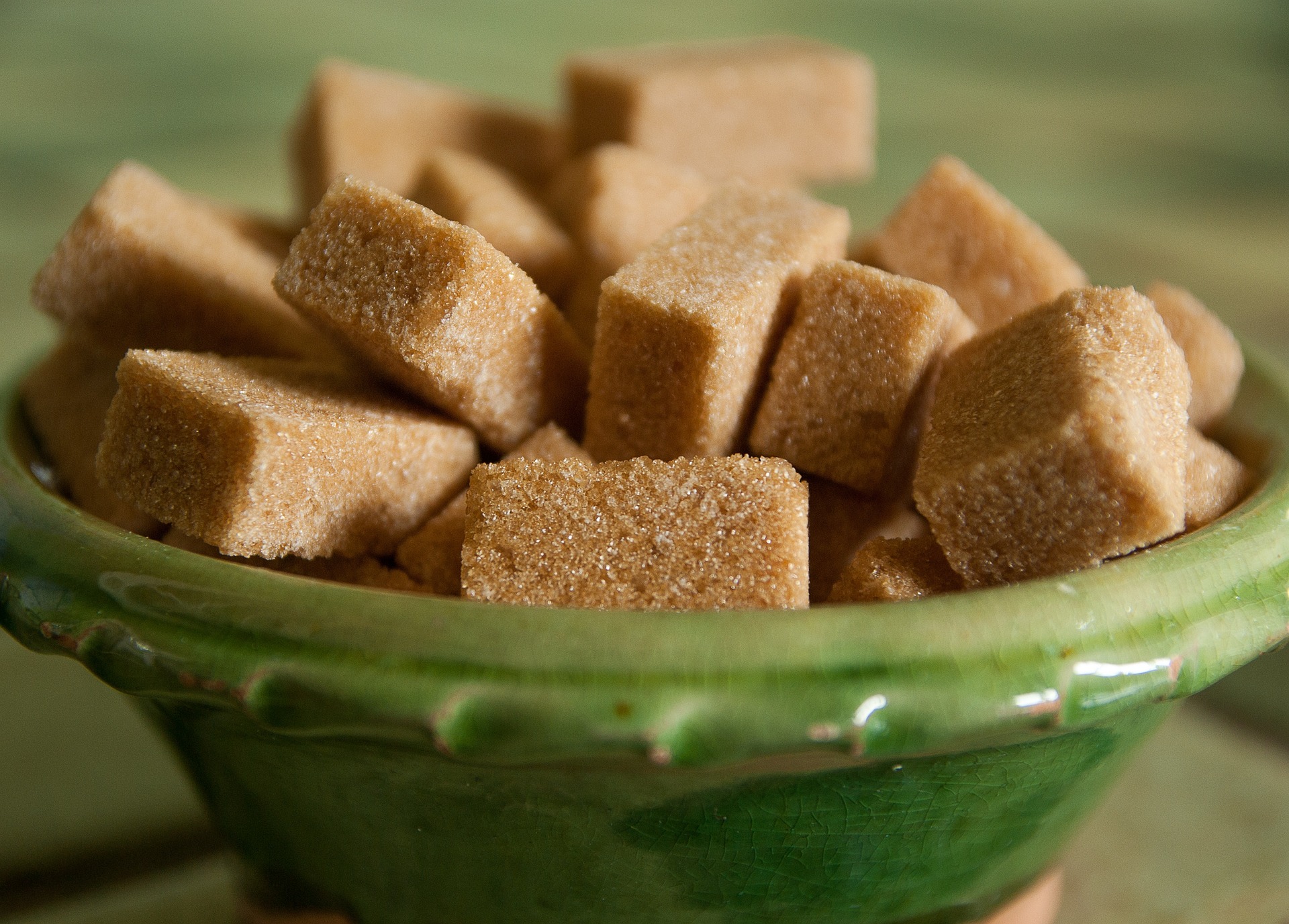
Good question. Here’s what you need to know about sugar:
In Short: Eating too much added sugar is linked to weight gain, obesity, type 2 diabetes, high blood pressure, unhealthy cholesterol levels, cardiovascular disease and cavities. (Note the emphasis on added.)
Is it categorically bad? No. Sugar has been singled out as the root of all health evils (like all carbohydrates and fats before it), but it’s not that simple. The sugars naturally found in fruit and dairy are not the problem. They come in a healthy package along with water, fiber, vitamins, minerals, and antioxidants.
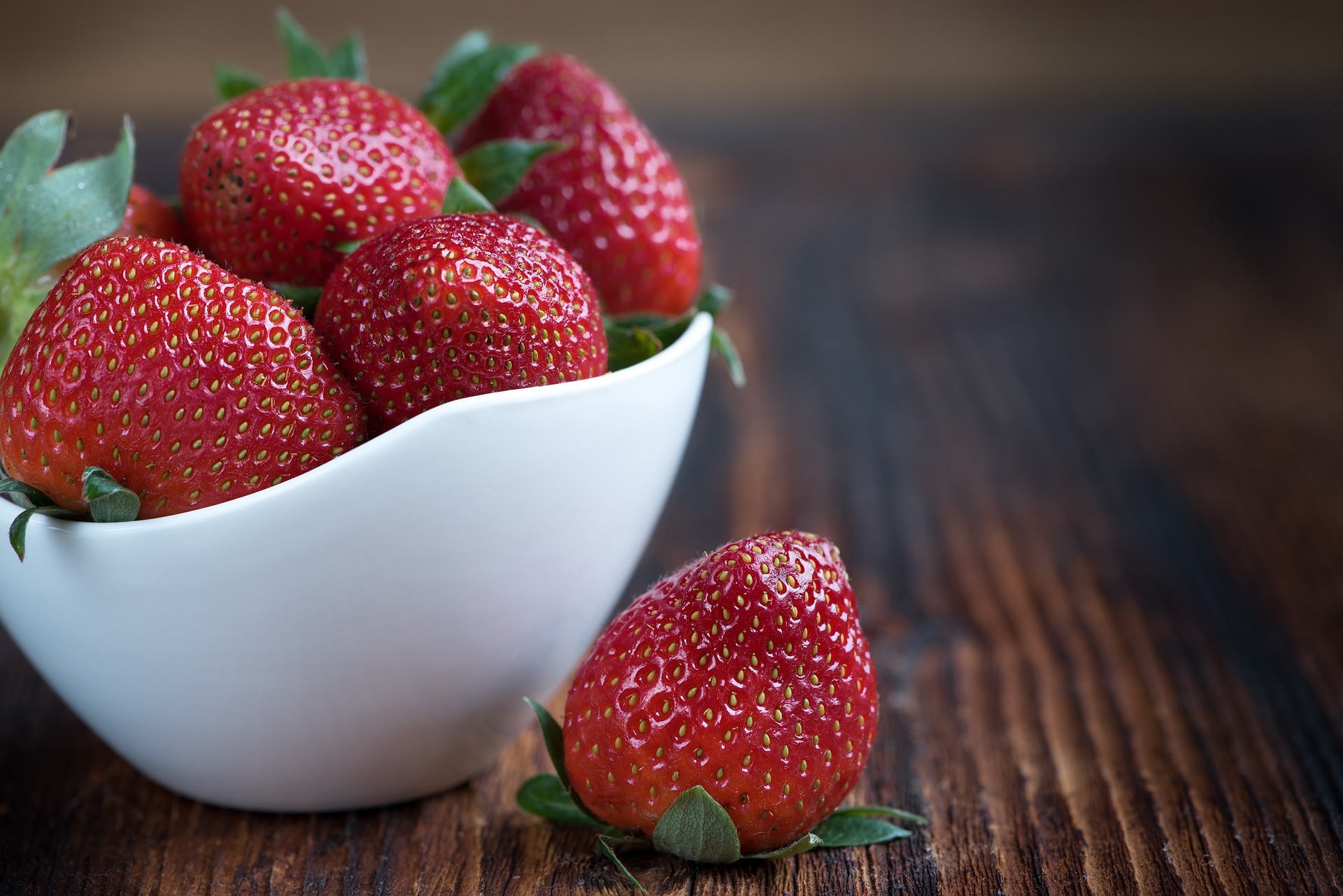
The sugar in whole fruit is fine – it’s part of a healthy package
It’s the empty calories from added sugars—the sugar added to processed foods—that we need to cut back on.
The major sources of added sugar in the American diet are sweetened beverages like regular soft drinks, energy drinks and sports drinks (36% of added sugar intake), grain-based desserts (13%), sweetened fruit drinks (10%), dairy-based desserts (6%) and candy (6%), according to the U.S. 2010 Dietary Guidelines for Americans. If that sounds like your diet, cut back.
How to eat less: Eat more whole foods and fewer processed foods. Drink water and unsweetened beverages instead of sugary ones.
Compare the nutrition facts among different brands and choose the one that’s lower in sugar. You can translate grams of sugar into teaspoons with this easy trick: 4 grams of sugar = 1 teaspoon. You divide the total grams of sugar per serving by 4 to get the amount in teaspoons. Here’s an example:
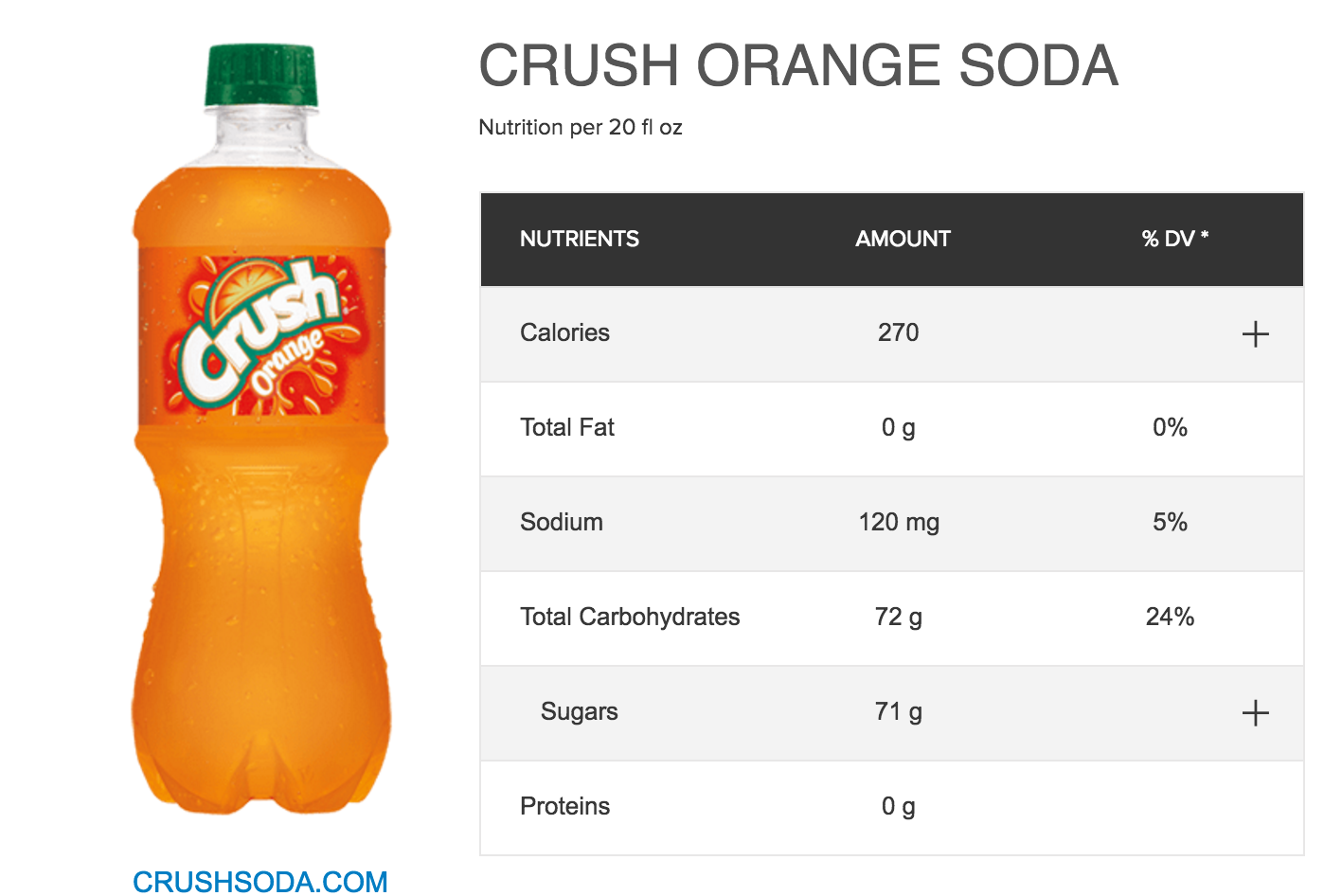
This 20 ounce bottle of Crush Orange Soda has 71 grams of sugar (I bet that’s for 2.5 servings but this label didn’t state serving size). 71 grams divided by 4 grams = 18 teaspoons. Imagine eating 18 teaspoons of sugar. I find it’s helpful to visualize yourself eating the amount of sugar in teaspoons when you’re deciding whether or not you really want to eat a certain junk food.
How much is OK? There is room for added sugar in your diet.
The World Health Organization recommends reducing added sugar to less than 10% of your total calories, and less than 5% if possible. For someone on a 2,000 calorie diet, that would be a maximum intake of 200 calories of added sugar (50 grams or 12.5 teaspoons).
The American Heart Association has a stricter guideline: about 150 calories (38 grams or 6 teaspoons per day) for most women and 200 calories (50 grams or 9 teaspoons) for most men. (That one bottle of Crush Orange Soda was way over the daily recommended limit.)
Bottom Line: Don’t worry about being perfect; just be conscious of what you’re eating. Some days, you’ll eat more sugar than other days (I know I do), but that’s okay – part of the joy of being alive is eating a warm chocolate chip cookie. Maybe with a little vanilla ice cream. Maybe. Okay, probably. Okay, definitely.
Damn you floaties.
Note: A version of this post originally appeared on HealthWarrior.com (I write nutrition content for their website/e-mail list)
HAVE A NUTRITION QUESTION? LEAVE IT IN THE COMMENTS BELOW AND I MIGHT ANSWER IT IN A FUTURE COLUMN.
When you subscribe to my newsletter, you will receive 1-2 e-mails a week filled with news and recipes to make your life healthier and less stressful
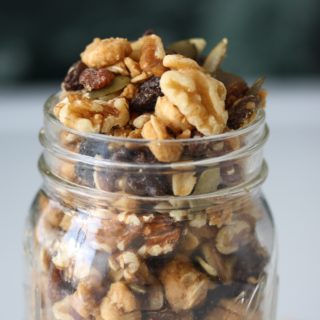
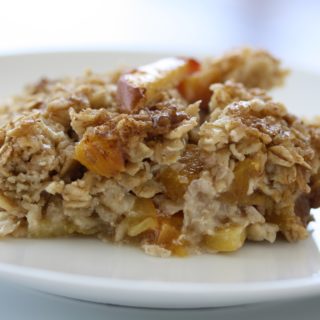

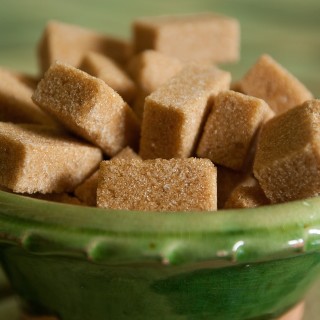
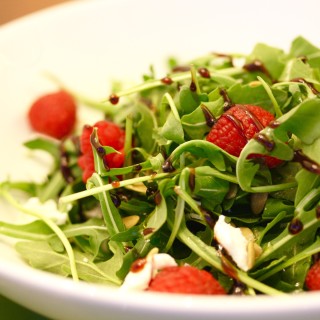
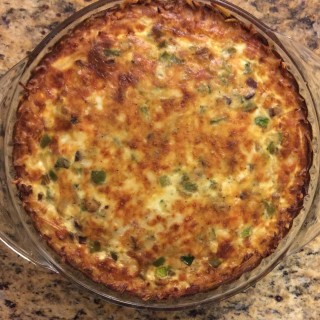
Our industry is aligned with the goal of moderation, as evidenced by our Balance Calories Initiative. Through this effort our member companies are advocating a better balance between what people eat, drink, and do. With that said, food, not beverages is the top source of added sugars in the American diet. Beverages play a relatively small and declining role in the calories Americans are taking in. As this piece notes, at the end of the day, it’s overall balance and activity that matters. We concur with this ultimate takeaway.
Hi ABA, thanks for your comments. While my post is not about the added sugars in food versus beverages (just added sugar in general – I choose not to demonize foods/drinks), could you point me to the statistics that say that food, not beverages are the top source of added sugar in the American diet? I have taken my facts straight from the 2015-2020 U.S. Dietary Guidelines for Americans. They say the following: “The major source of added sugars in typical U.S. diets is beverages, which include soft drinks, fruit drinks, sweetened coffee and tea, energy drinks, alcoholic beverages, and flavored waters (Figure 2-10). Beverages account for almost half (47%) of all added sugars consumed by the U.S. population (Figure 2-10).” (http://health.gov/dietaryguidelines/2015/guidelines/chapter-2/a-closer-look-at-current-intakes-and-recommended-shifts/).
I love this post! I’ve had people tell me they won’t eat bananas because of all the sugar in them, so I have to explain the difference between natural and added sugars a lot. Now I have a great resource to direct them to. There are so many misconceptions about this topic! I’d like to see the statistics that says food is the top contributor for added sugar as well because I’m with you in the thinking that beverages are the major source.
Thank you Melanie! I’m so glad you think others will find it helpful. 🙂
“How to eat less: Eat more whole foods and fewer processed foods. Drink water and unsweetened beverages instead of sugary ones.” It really is that simple, isn’t it? It’s amazing how for years, we were taught that fat was the culprit of obesity, when that’s really not the case. Healthy fats actually help you burn more fat, but when you eat too much processed sugar, your body burns it for energy instead of burning fat, which is why we retain the LBS! Great points here – especially the one about not trying to be perfect. Stress will cause weight gain as much as your sugar intake, so worrying and counting will not do much good.